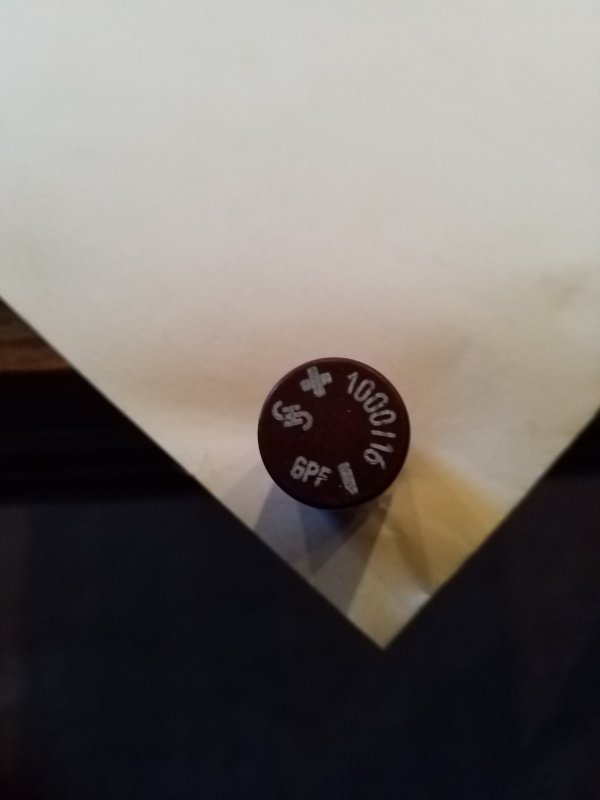I don't know what the maximum current is needed for the fieldcoil cart. the fuse is only a protection in the event of a short circuit, it is advisable to select the potentiometer with low resistance. In the event of a short circuit, the potentiometer will be destroyed and not the expensive cartridge. if you know the maximum current of the field coil, I would add a second fuse after the 2200uf. better safe than sorry.Hi Stephan,
Excuse the ignorance of this question. The bit I don’t get. If you turn the switch to charge then your fuse will be rated for the incoming AC say 3 amps max. But when you flick the switch to supply the dc, this same fuse is in circuit - will that not be pointless cos you need a much lower fuse on the dc side? Therefore you need a 2nd fuse say post the last 2200uf cap?
if you have time to measure the current in the operating state, then you can set the circuit better.








